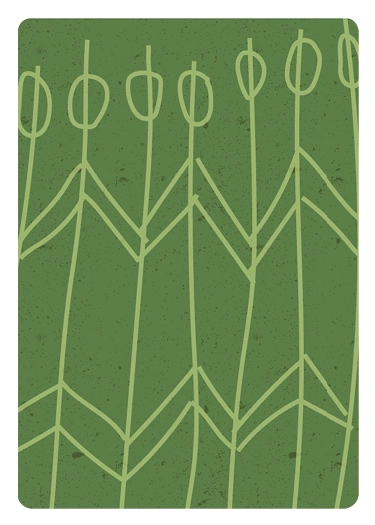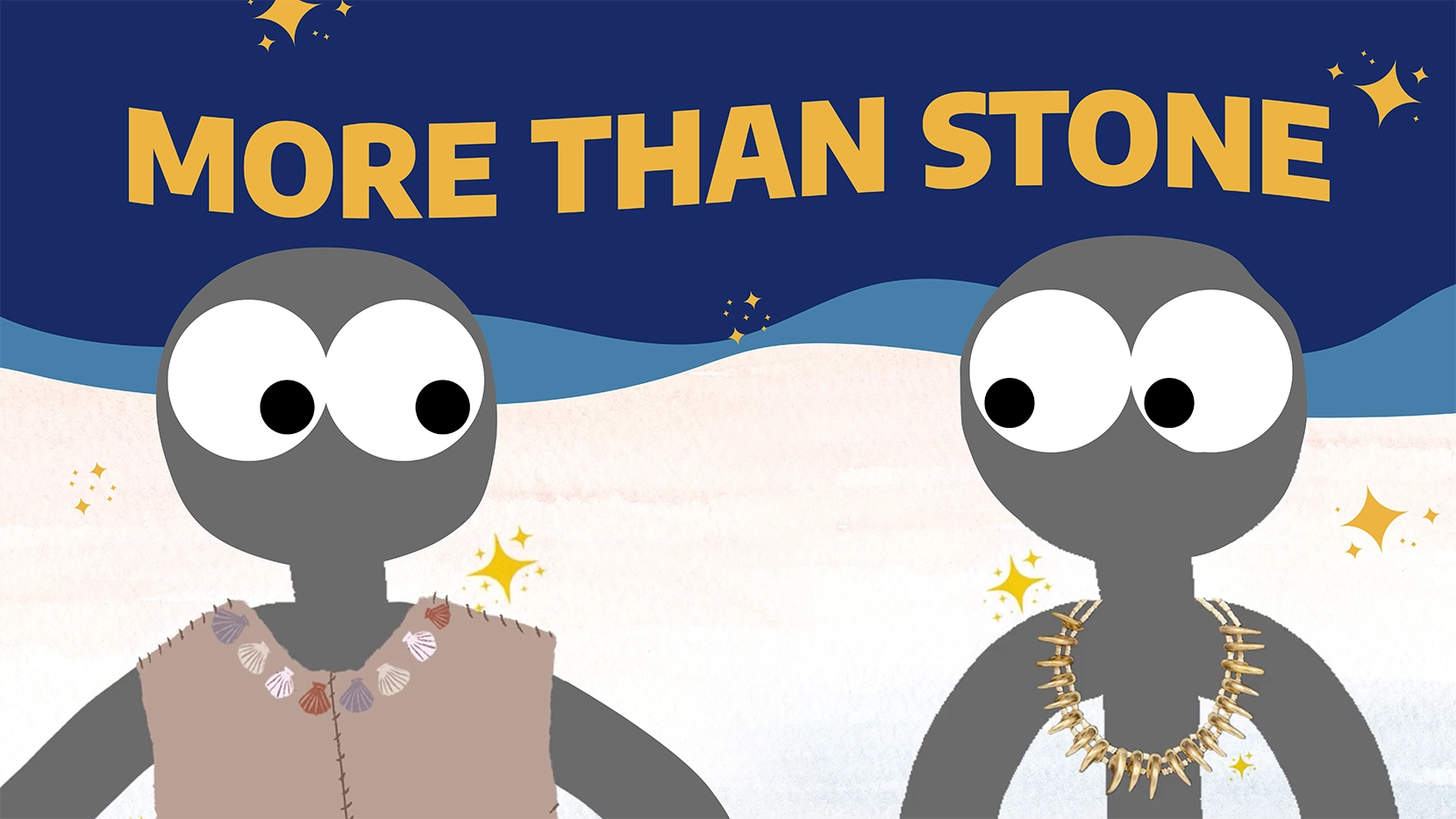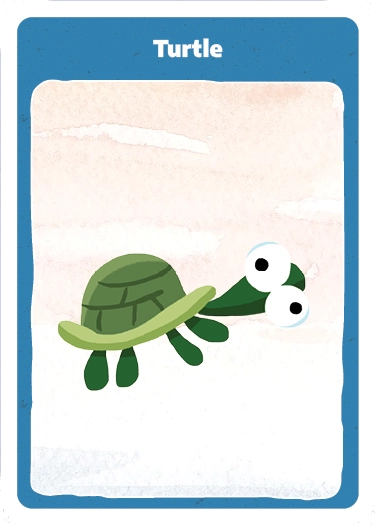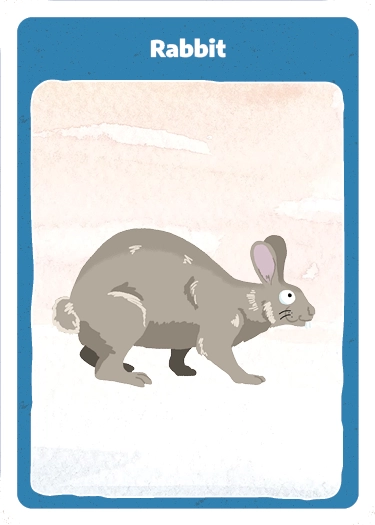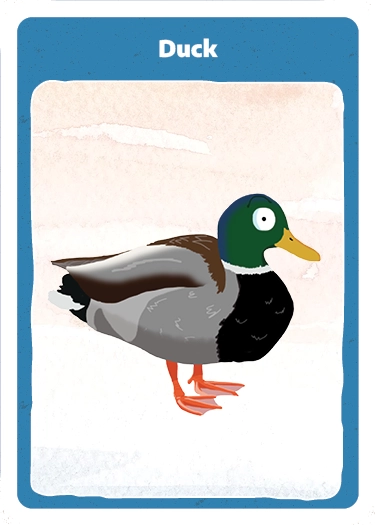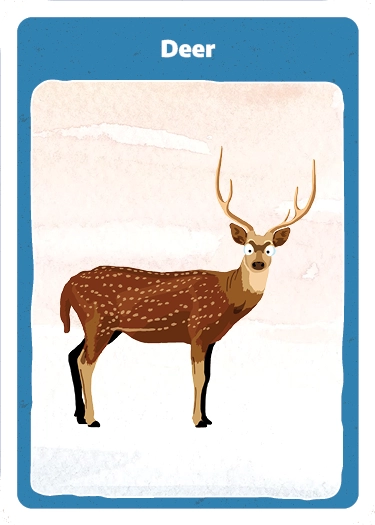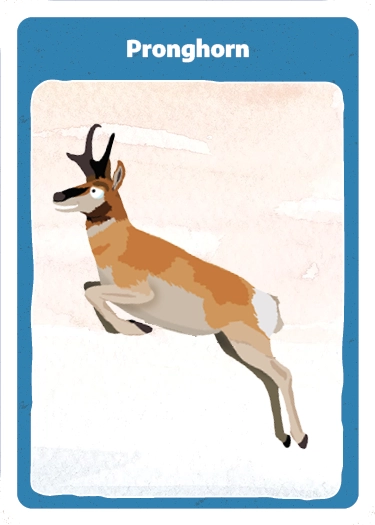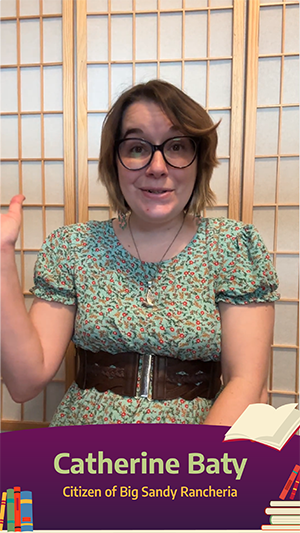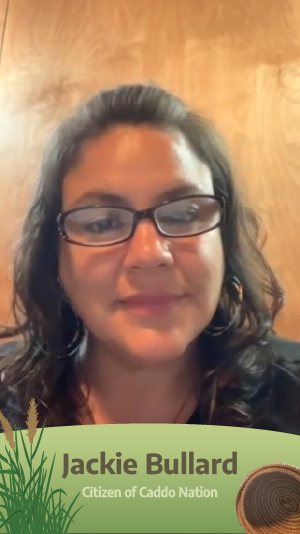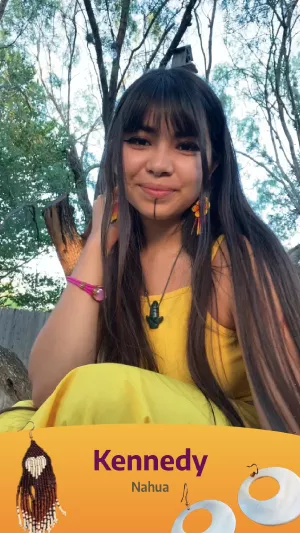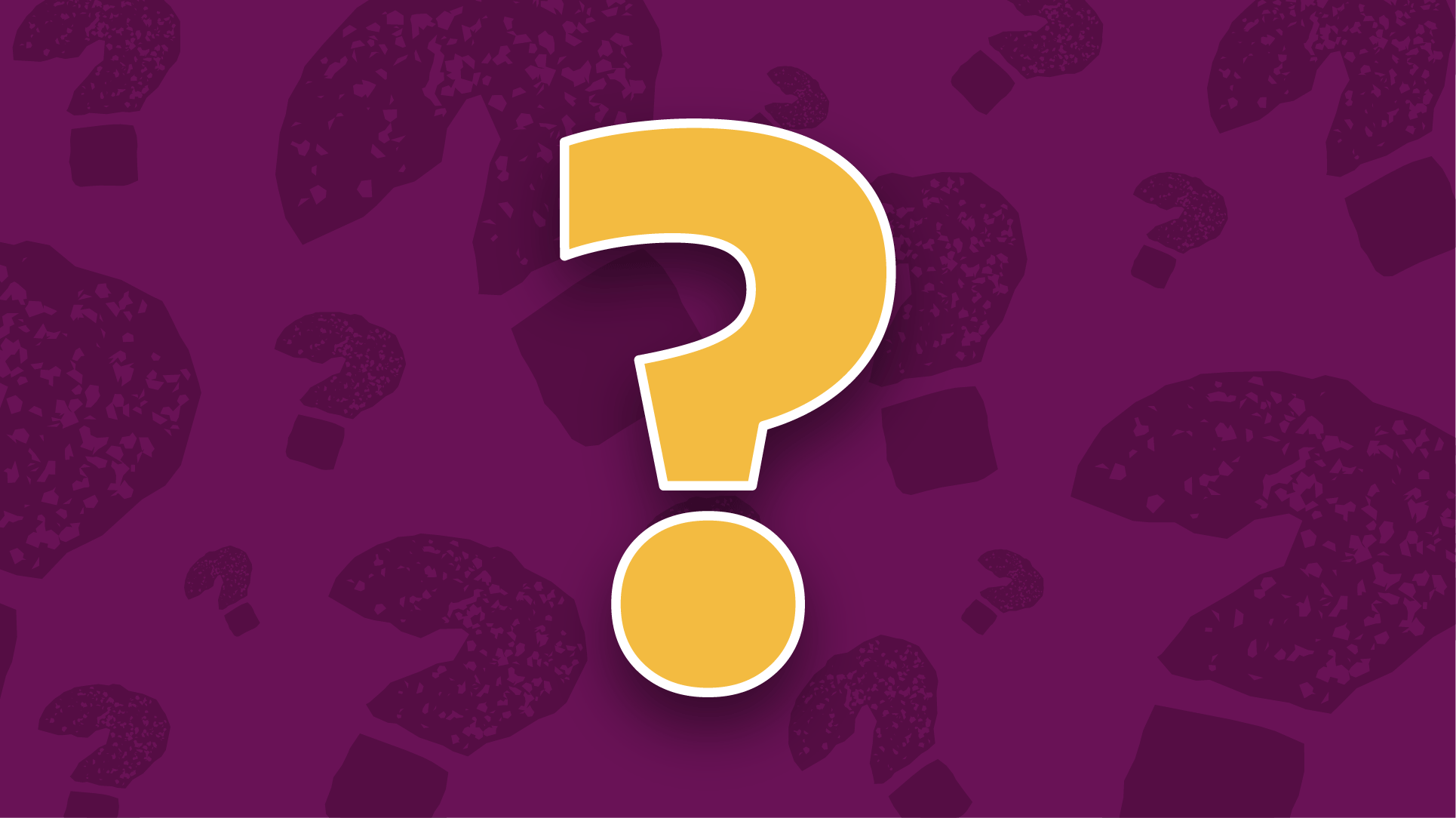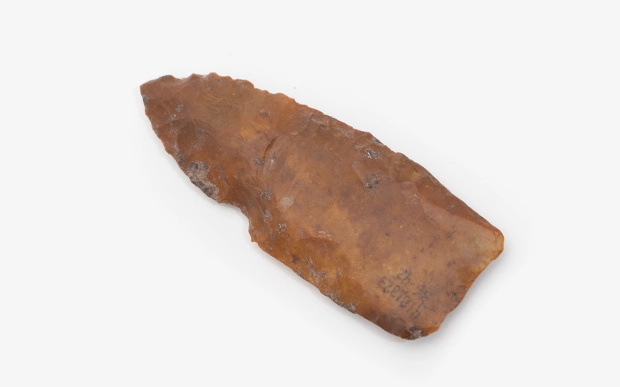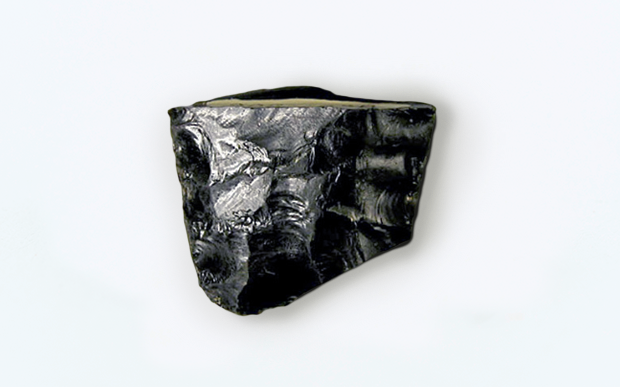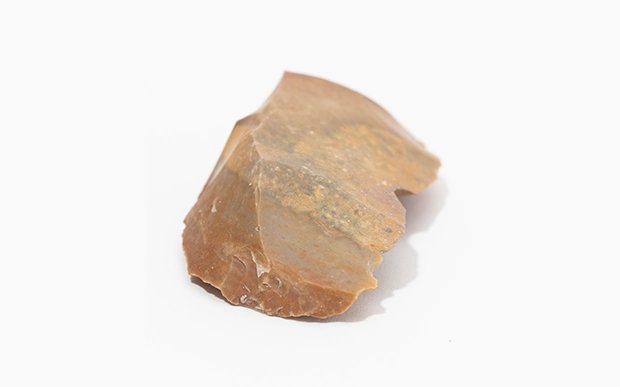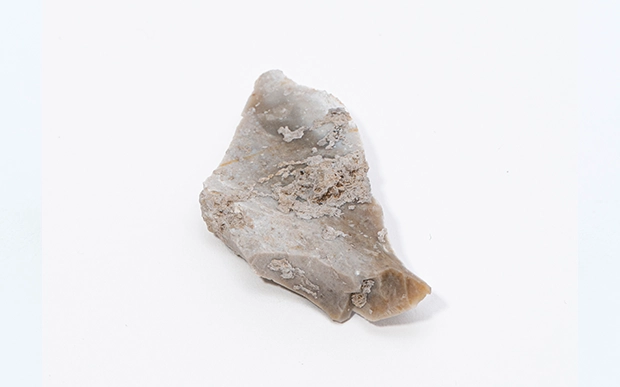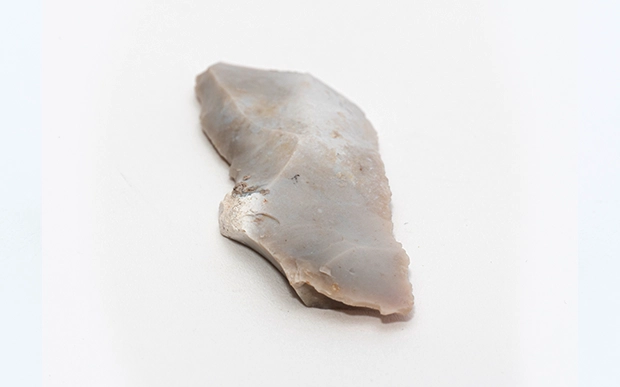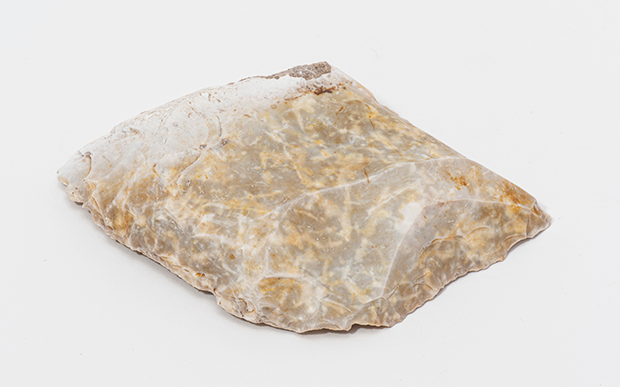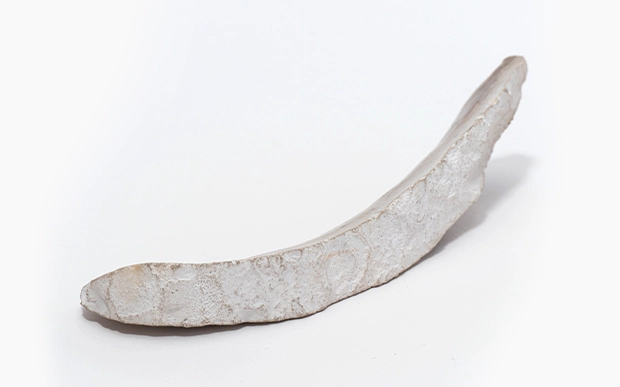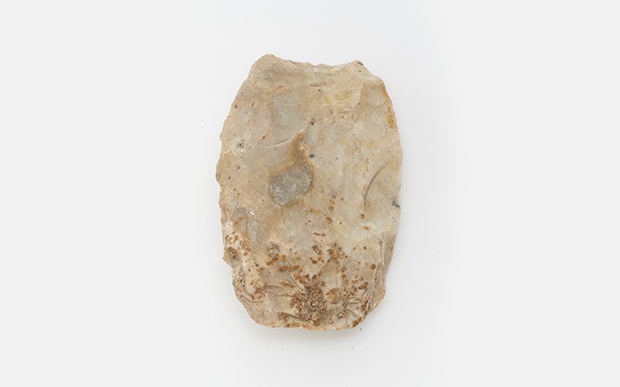Essential Inventory
People make stuff, we learn stuff – we’ve always been good at it
16,000 years ago, everybody, everywhere lived as hunter-gatherers. But that doesn’t mean people were simple! They had deep knowledge and skills to thrive in their environments.
Flip through the cards below, and put yourself in their woven grass sandals!
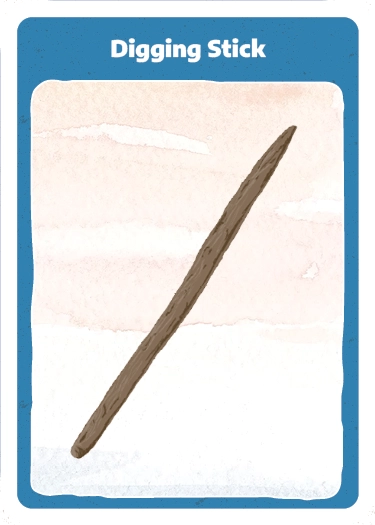
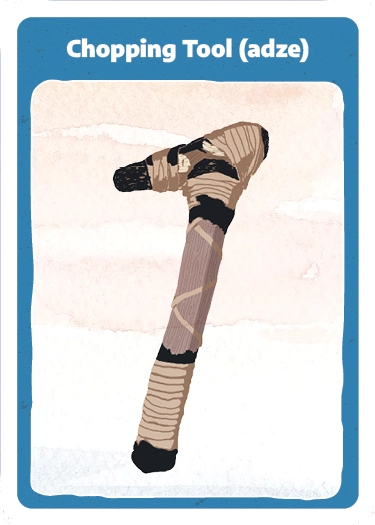
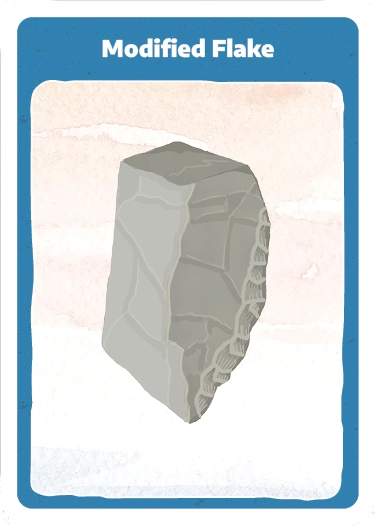
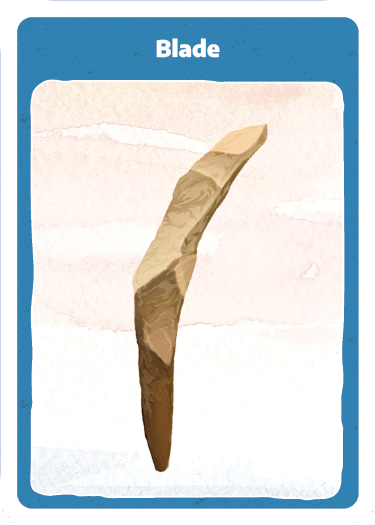
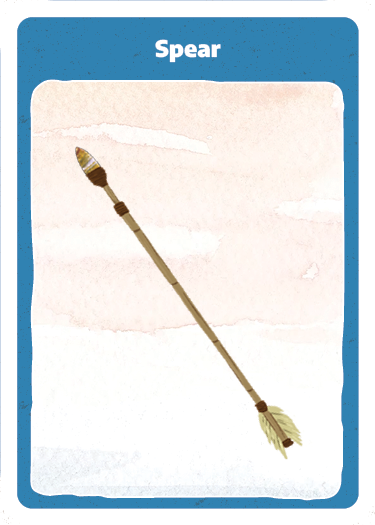
When Paleoindians first walked into Texas, they shared a lifestyle with every other person on the planet. It would be thousands and thousands of years before humanity would get around to inventing agriculture, forging metal, or even making pottery.
Being a meant having a deep understanding of the land, the animals, and the seasons. They had knowledge of how to craft the things they needed from natural materials. They knew which plants could fill their bellies and cure aches and pains. They were experts, and they needed this knowledge to survive.
Of course, there is more to life than just surviving! It is important to remember that ancient peoples played games, told stories, made music, and lived full lives with their friends and family.
